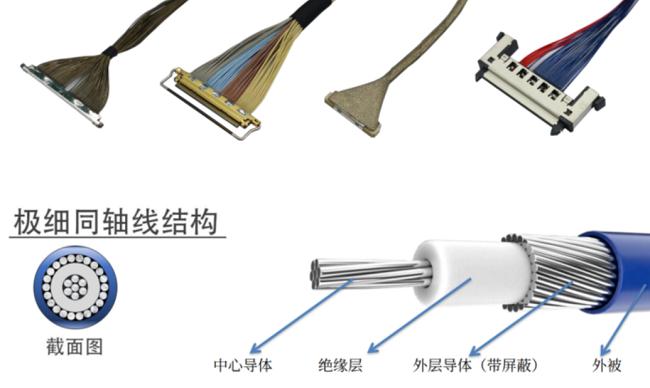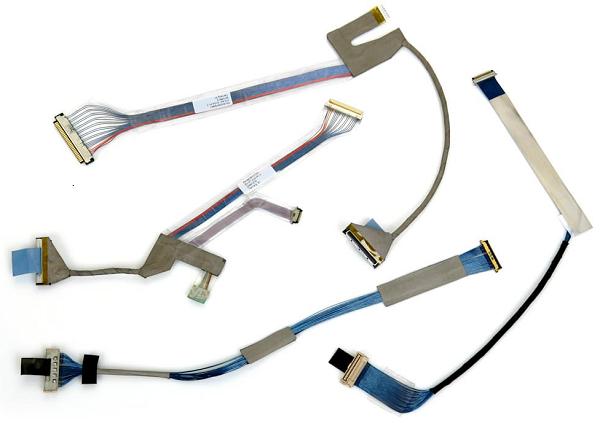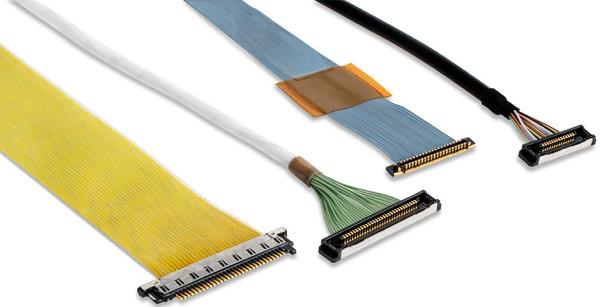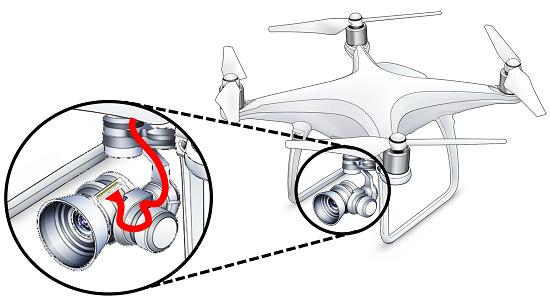Categorization:Harness Component
In modern electronic products, the cable harness is an important link for signal transmission. With the continuous development of devices towards thinness, miniaturization, and compactness, extremely thin coaxial cable harnesses (Micro Coaxial Cable) are gradually replacing traditional harnesses and becoming the preferred choice for internal connections in high-end equipment. With its excellent structural design and transmission performance, it is changing the internal layout and signal interconnection methods of electronic products.
More precise structure, more compact volume
Traditional wiring harnesses are typically composed of multiple strands of wire and insulation, although simple to manufacture, they are voluminous and occupy a lot of space for wiring. The ultra-fine coaxial cable harness achieves a complete signal channel structure within a limited size—center conductor, insulation layer, shielding layer, and outer sheath wrapped layer by layer, with a wire diameter often less than 1 millimeter, and the finest even approaching the thickness of a hair. This design not only ensures the integrity of the signal but also allows it to flexibly pass through narrow spaces, meeting the high-density wiring requirements of slim devices.
The signal transmission is more stable and has stronger anti-interference ability.
In high-speed signal environments, traditional wiring harnesses are prone to electromagnetic interference (EMI), leading to signal attenuation and distortion. The outer layer of the extremely thin coaxial cable harness is made of a high-density metal shielding layer, which can effectively isolate electromagnetic interference. At the same time, by precisely controlling impedance, it reduces signal reflection to the minimum. Whether it is high-definition video, camera module signals, or high-speed data transmission interfaces, it can maintain low loss and high stability, providing a clear and reliable signal path for equipment.
Flexible and versatile, installation is more free
The ordinary wire harness is prone to fatigue or breakage in bending or repeated movement, while the ultra-fine coaxial harness stands out due to its excellent flexibility and bending resistance. It can be bent multiple times in confined spaces without affecting transmission performance, making it very suitable for complex and space-limited application environments such as laptop hinges, foldable screen smartphones, AR/VR devices, and drones. This high flexibility greatly enhances the freedom of device design.
Four, wider application scenarios and stronger performance potential.
Traditional wire harnesses are commonly used for low-frequency signals or power connections, while extremely fine coaxial harnesses can support signal transmission from DC to 6GHz and even higher frequencies. They are particularly suitable for high-speed data and high-resolution image transmission. In fields such as consumer electronics, medical equipment, industrial testing, aerospace, and others, they have shown excellent performance and have become an indispensable key component in high-precision electronic systems.
Compared with ordinary wire harnesses, ultra-fine coaxial wire harnesses have comprehensive advantages such as smaller volume, more stable signals, stronger anti-interference ability, and higher flexibility. They not only promote the thin and light design of electronic products but also provide reliable support for high-speed interconnection technology. In the future, with the popularization of 5G, intelligent manufacturing, and wearable devices, the application of ultra-fine coaxial wire harnesses will be more extensive.
I am[Suzhou Huichengyuan], long-term focused on the design and customization of high-speed signal cable harnesses and ultra-fine coaxial cable harnesses, committed to providing high-quality and high-stability interconnection solutions. If you have related needs or want to learn more, please contact:Manager Yin 18913280527 (WeChat same number)。